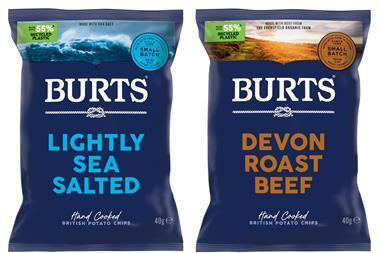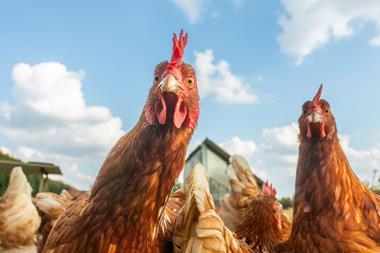
The existential threat to online HFSS advertising has been looming since July. The threat has become more real over the past six weeks, with the deliberately very short consultation period coming to a close at 11.59pm on 22 December. The government’s likely response will be to further tighten regulation of HFSS advertising.
One in every three primary-aged children is obese. And right now, that is as good a reason as any to do something about it.
It’s easy to say there will be no impact on reducing obesity from our ivory towers, but children in lower-income brackets are the most exposed group to HFSS advertising. They’re more likely to experience a far higher calorie reduction than their well-heeled peers. And given they have a lower life expectancy, I don’t think the ban is such a bad thing.
Over the years I have repeatedly struggled with attempts to work around the existing regulations. Right now, the Cadbury Street Fighter promotion is on my radar for being clever but dark. Engaging parents and children to come together to support celebrity child and parent esports teams that battle each other in Street Fighter is in some ways genius. It’s relevant, aspirational, accessible and it keeps the brand at the heart of the comms. The subtext of the pitch for this Intellectual Property was, I have no doubt, “We need a brand that parents love and a medium their children are most at home with”. It’s an IP that children know – or, if they didn’t, do now. And the last time I looked, using a children’s IP to sell chocolate was a bit iffy.
If anyone seriously thinks that this targeting wasn’t considered, planned and researched to within an inch of its life, they are mistaken. The promotion is YouTube advertised (52% of children spend over 8.3 hours a week on the channel), Twitch streamed (no data is available for under-13s as they are supposedly barred from the platform, but every study we do for this age group puts it up as a favourite) and widely promoted across various channels. Is anyone seriously going to argue that this isn’t going to connect children and chocolate in a meaningful way?
Will it work? Absolutely. Effectiveness? Yes. Heavier kids? Also a yes.
The need to be a healthier nation is not going to go away. It doesn’t matter who’s in No 10. Things that make kids overweight are for the regulator. So it doesn’t matter how much the industry throws at lobbyists to change the mercurial minds of ministers, it isn’t going to happen. Why do you think they gave us six weeks to respond? Because they can and because it makes it harder. The regulation is going to be tighter than a duck’s backside.
Rather than try to find a way around legislation – which agencies will be trying to do because they rightly need to sell their services – why not look to the left or right a little and increase our collective resolve to find solutions that work for all? Reformulation is working, launches of healthier alternatives are working and health education is working. We all have our part to play.
We’ve also learned from ‘Collaboration for Healthier Lives UK’ that it is possible to improve the diet and health of families in low-income areas by changing the layout and communications in-store and making healthier options less expensive. In year one of the pilot in Lambeth and Southwark, 13% more fruit & vegetables were sold and 22% less confectionery was sold. I know brands need to sell products, but maybe they could be different ones in the future.
The likes of Mars, Mondelez and PepsiCo are all partners of CHL and are therefore committed to impacting healthier lives in local communities –and yet many of the same suppliers are still working to ensure that children are exposed to HFSS advertising. I just don’t get it – with legislation coming, it’s futile.
The future of a healthy business, especially after the shocker of 2020, relies on healthy consumers and brands.



















No comments yet